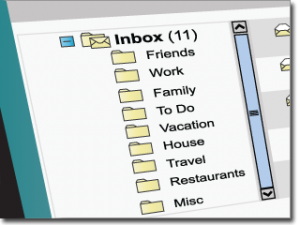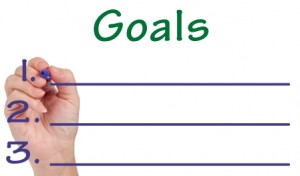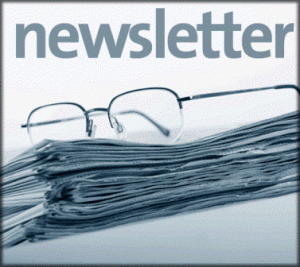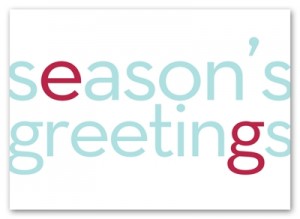Attorneys write a lot. At least we’re supposed to. We have deadlines to meet and bills to pay and we have to keep cranking. But sometimes, we get stuck. We may be half-way through a writing project and find ourselves unable to finish.
“7 Ways to Finish Difficult Writing Projects” is about how to finish a writing project when you’re stuck, and I’ve used most of the 7 ways. Reading my draft out loud and going for a walk to clear my head, for example, have helped me figure out where I am in the writing and where I want to go.
One of the suggestions is to make an outline, which I usually do, but sometimes my outline is the reason I’ve become stuck. Like a mis-calibrated GPS program, the outline took me to the wrong destination.
If I know what’s wrong, I’ll write a new outline. But sometimes, the piece isn’t working and I can’t figure out why.
When this happens, I write a outline of what I’ve already written. I may do this in a linear list with topics and sub-topics, or in a non-linear “mind map”. Reverse engineering the draft lets me see what’s missing or what I need to re-arrange to make things work. I then compare this outline to my original and from these two, create a third outline that allows me to move forward.
But sometimes, I’m still stuck. I know something is wrong but I can’t put my finger on it. What do I do? I go for a drive.
Once I’m on the road, I start talking and record myself. I pretend I’m speaking to my intended reader and I tell him what I want him to know. Speaking it out this way helps me get to the essence of the material. “I know I’ve got all these pages written, but here’s what I really want you to know. . .”.
In fact, sometimes, I do my first draft this way. I don’t write an outline, I just jot down a handful of topics I want to talk about, press record, and talk. Not only do I get the first draft done quickly, it’s often much better than what I might have written because the ideas flow naturally, instead of being forced to fit the structure of an outline.
If you ever find yourself stuck in a writing project, or you don’t know where to start, stop writing and start talking.
Earn more without working more. Here’s the formula.
















Can you imagine a world without lawyers? I’ll bet Amanda Knox can’t.
Lawyers are routinely vilified. Epithets abound. We are the subject of the cruelest jokes.
And yet, where do people turn when they are in trouble? Whom do they go to for advice when they want to protect their rights? Who defends the indefensible?
Amanda Knox was just released from an Italian prison after a four year nightmare. Without lawyers, she would still be languishing in her cell.
Without lawyers fighting the good fight, our rights, our entire way of life, would devolve and anarchy would ensue. We must never forget how important we are, not just to the individuals we serve, but to the society we live in.
In Shakespeare’s Henry VI, Dick the Butcher says, “The first thing we do, let’s kill all the lawyers”. This is often quoted as a denouncement of lawyers but it is a misreading. Dick was referring to ways a rebellion in the planning might be successful. He recognized that to succeed, they must get rid of those who know and enforce a system of laws. It is, in a roundabout way, an endorsement of lawyers.
Lawyers, be proud of what you do. Defend not just your clients but your profession. Educate your clients and your friends about what you do, but also why it matters.
But don’t stop there. When you see a colleague behaving in a way that belies the dignity of our profession, call him on it. Counsel him. And, if necessary, report him.
Be a champion of the high standards our oath demands and exemplify those standards in your words and deeds. Our profession must police itself. The alternative is a Bar that does it for us, but too often, they go too far.
In a victory for common sense, a Florida court just struck down as vague one of its Bar Association’s limits on lawyer advertising. A bar association should enact rules of professional conduct that define standards of behavior and it should provide redress for the most egregious transgressions of those standards. But when a bar association imposes vague, arbitrary, and unreasonable standards upon its members, as Florida has long been criticized for doing, it says to the world, “We don’t trust our members and neither should you.”
Bar associations can improve the image of lawyers not by policing them more but by trusting them more.